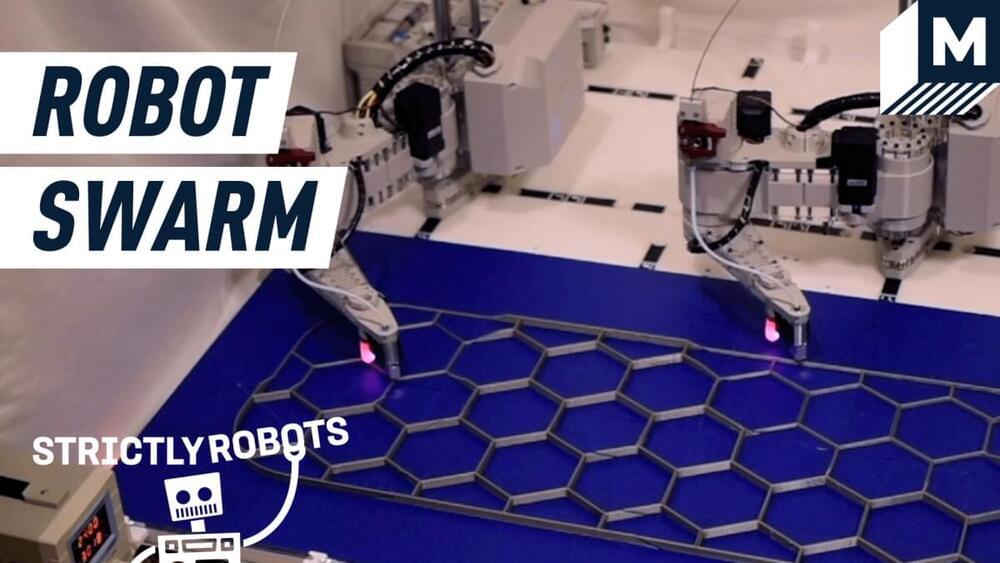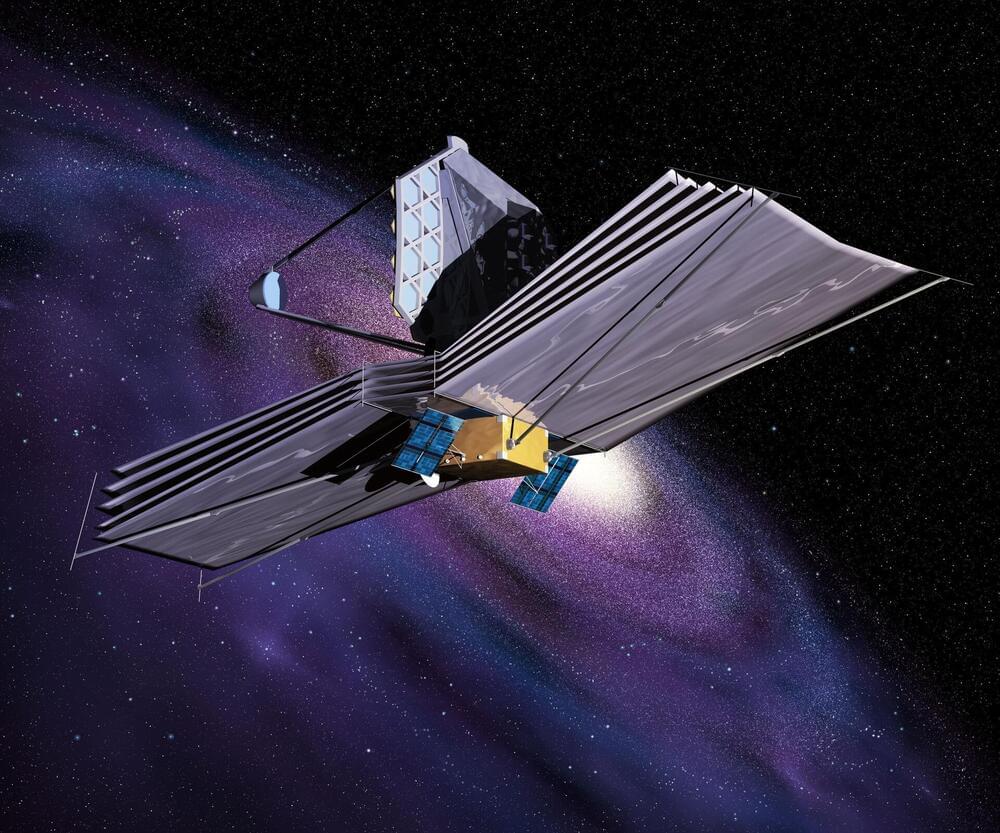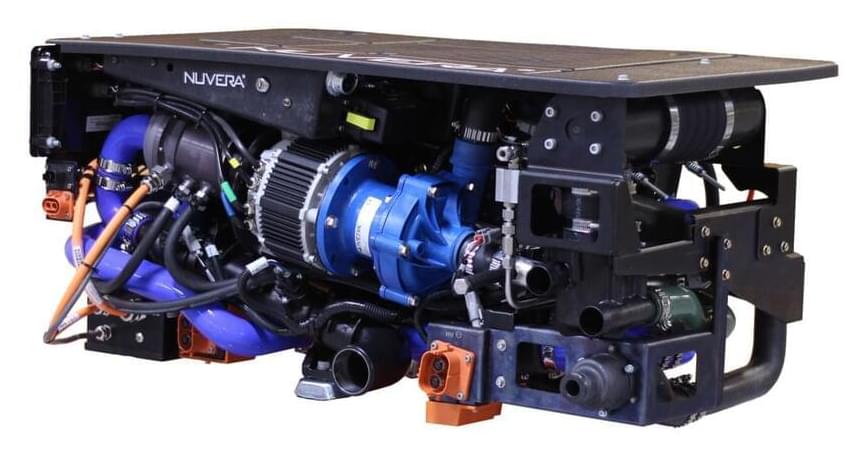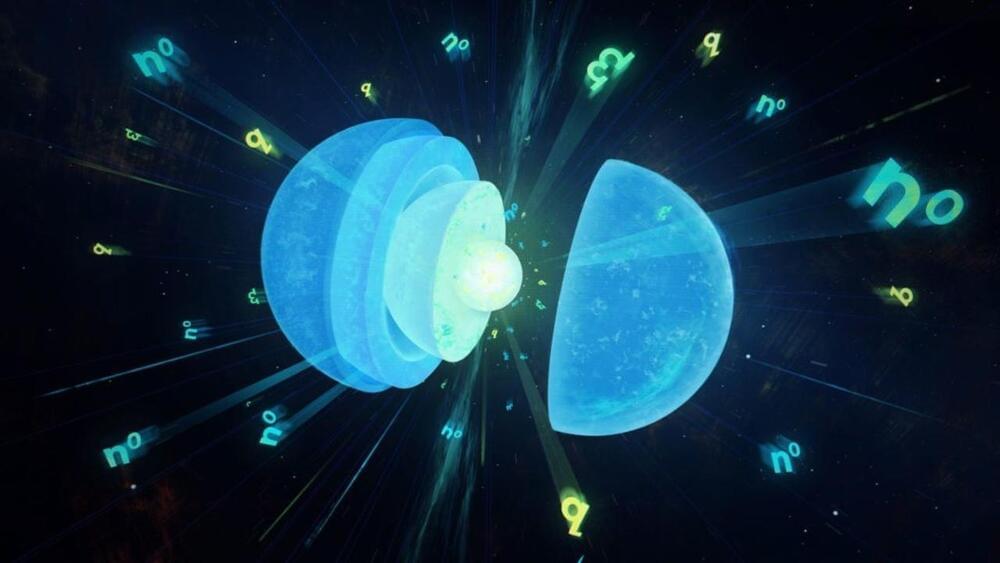Developed by advanced manufacturing company AMBOTS, these 3D printing robots can build just about anything.



The latest update on the James Webb Space Telescope literally sent a shiver down my spine! The telescope’s Mid-Infrared Instrument (MIRI) has now reached its operating temperature of a chilly 7 kelvins (7 deg above absolute 0, or-266 degrees C,-447 degrees F).
MIRI has now been turned on and is undergoing initial checkouts.
This frigid temp is colder than JWST’s other three instruments need to be, since MIRI detects longer infrared wavelengths than the rest of the instruments. But still, all the instruments need to reach extremely low temperatures — less than 40 K (−223 degrees Celsius,-369.4 degrees Fahrenheit).


Countries, especially potential exporters, should improve hydrogen statistics to justify and promote investments in hydrogen. The measures should result from broad cooperation, also intended to standardize and homogenize measurements, said Columbia University‘s Anne-Sophie Corbeau. “Countries could start working together to determine how best to collect hydrogen data, both on the demand and production sides, and include existing consumption as well as potential future consumption in new sectors. Statistics on the demand side need to anticipate new uses in buildings, industry, transport, and power, as well as account for hydrogen’s potential use to produce other energy products such as ammonia and methanol,” the French scholar wrote on Monday.
Vancouver-based First Hydrogen has identified four industrial sites in the United Kingdom and is advancing discussions with landowners to secure land rights to develop green hydrogen production projects. It said it would be working with engineering consultants Ove Arup & Partners Limited (ARUP) for engineering studies and designs. “The sites are all in prime industrial areas spread strategically across the North and South of the United Kingdom and will each accommodate both a large refueling station — for light, medium and heavy commercial vehicles with on-site hydrogen production, to serve the urban areas of Greater Liverpool, Greater Manchester, the London area, and the Thames Estuary — and a larger hydrogen production site of between 20 and 40 MW, for a total for the four sites of between 80 MW and 160 MW,” First Hydrogen wrote on Monday. The Canadian company wants to use the production facilities to serve customers of its automotive division. “First Hydrogen’s green hydrogen van is to begin demonstrator testing in June with final delivery for road use in September 2022.”
And so the Himalayan mountain range began to rise skyward. By around 15–17 million years ago, the summit of Everest had reached about 5,000m (16,404ft) and it continued to grow. The collision between the two continental plates is still happening today. India continues to creep north by 5cm (2in) a year, causing Everest to grow by about 4mm (0.16in) per year (although other parts of the Himalayas are rising at around 10mm per year [0.4in]).
But understanding how and why Everest’s height changes is more complex than just this. While plate tectonics push the summit higher into the sky, erosion claws away at it.
To understand this process better, scientists studied another mountain some 8,700km (5,405 miles) away from Mount Everest, in Alaska.
For those not paying attention, Tesla has been unable to build cars in China for a few weeks as China shuts down due to a zero Covid policy. Here’s a short video about life in China:
China’s financial hub Shanghai has started easing its lockdown in some areas on Monday, despite reporting a record high of more than 25,000 new Covid-19 infections, as authorities sought to get the city moving again after more than two weeks.
Pressure has been building on authorities in the country’s most populous city, and one of its wealthiest, from residents growing increasingly frustrated as the curbs dragged on, leaving some struggling to find enough food and medicine. Footage circulating online showed people screaming from their balconies, with the person filming claiming it was because people had grown tired of China’s strict lockdown rules.
Shanghai to ease lockdown despite surge in Covid cases ► https://www.theguardian.com/world/2022/apr/11/shanghai-to-ea…ovid-cases.
The Guardian publishes independent journalism, made possible by supporters. Contribute to The Guardian today ► https://bit.ly/3uhA7zg.
Commercial storage: Many customers want as many functions and high performance as possible, but want to pay as little as possible. Franz-Josef Feilmeier, CEO of Fenecon, explains how this fits together.
Mikael Murstamor maybe just not accept his offer?
3 Replies.
Michael LorreyIf stopping an African-American from owning twitter is so important, why don’t they feel even more strongly about Saudi authoritarians and the CCP owning our biggest tech companies?
2 Replies.
View 3 more comments.
Shubham Ghosh Roy shared a link.
The world’s first universal processor. See the benefits of the fastest running processor for hyperscale data centers and supercomputers and AI.

Scientists are finally getting closer to figuring out the puzzle of the structure of neutron stars and revealing the nature of their ultra-dense interiors.
In theories of stellar evolution, neutron stars are considered one of the end states of stars, along with white dwarfs and black holes. As a star evolves it will enter stages of expansion as hydrogen is fused into helium and so on through the periodic table of elements. Depending on the mass of the star, a limit will be reached whereby nuclear fusion can no longer take place and the star is no longer able to overcome the immense gravitational force which it has been holding back for all these years. As a result, the star implodes, ejecting its outer layers as a planetary nova or a supernova, leaving only a mere remnant of its former self behind – or so the story goes.
For massive stars, the implosion is so great that it crushes its stellar matter to such high densities that the oppositely charged electrons and protons are forced so close together that they fuse to become neutrons, hence creating a neutron star. This neutron star is so dense that a single teaspoonful could weigh a billion tonnes! For stars massive enough, it is further theorised that the gravitational collapse would be so great that it would instead crush the neutron star down to the size of an infinitesimal point, creating a black hole.